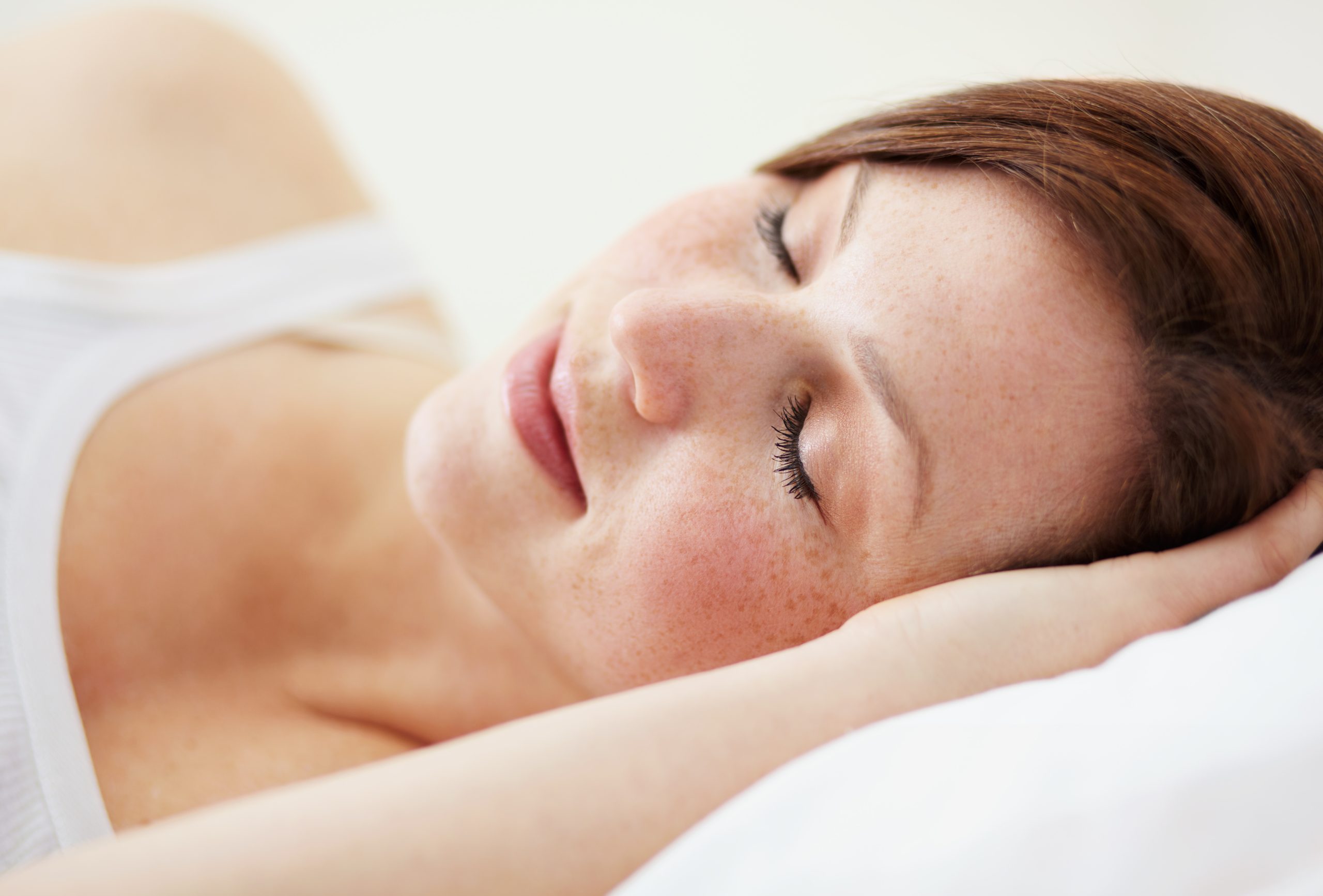In an age where screens glow late into the night and stress follows us to bed, quality sleep can feel more elusive than ever. Recent studies show that one in three Australians aren’t getting enough quality rest, impacting their daily lives and overall well-being. Understanding sleep hygiene—the habits and practices that support quality rest—can help you create better conditions for natural, restorative sleep.
Understanding Sleep Cycles and Natural Rhythms
Our bodies operate on a natural 24-hour cycle, often called the circadian rhythm. This internal clock influences various bodily functions, including:
- Natural sleep-wake patterns
- Body temperature fluctuations
- Hormone production
- Digestion timing
Understanding these natural rhythms can help us work with our bodies rather than against them when it comes to rest and recovery.
Creating an Optimal Sleep Environment
Temperature and Comfort
The physical environment plays a crucial role in quality rest. Consider these factors:
- Room temperature (ideally between 18-22°C)
- Adequate ventilation
- Comfortable bedding appropriate for the season
- Minimal light and noise disruption
Light Management
Light exposure significantly influences our natural sleep-wake cycle:
- Maximise natural light exposure during the day
- Reduce artificial light exposure in the evening
- Consider using warm lighting in the hours before bed
- Create a dark sleeping environment
Developing a Consistent Sleep Routine
The Power of Timing
Consistency in sleep and wake times helps reinforce your body’s natural rhythm:
- Aim to go to bed and wake up at similar times each day
- Create a regular pre-sleep routine
- Allow adequate time for winding down
- Maintain consistency even on weekends when possible

Pre-Sleep Rituals
Establishing calming pre-sleep activities can signal to your body that it’s time to rest:
- Light stretching or gentle movement
- Reading a book
- Listening to calming music
- Practising relaxation techniques
Lifestyle Habits That Support Natural Sleep
Daytime Activities
What you do during the day can significantly impact your night’s rest:
- Regular physical activity (but not too close to bedtime)
- Exposure to natural daylight
- Engaging in mentally stimulating activities
- Maintaining social connections
Evening Practices
As day transitions to night, consider:
- Reducing screen time
- Limiting caffeine intake after midday
- Having dinner at least 2-3 hours before bed
- Engaging in calming activities
Creating a Sleep-Friendly Diet
Timing Your Meals
The relationship between eating and sleep is important:
- Consider lighter evening meals
- Allow time for digestion before bed
- Stay hydrated throughout the day
- Reduce fluid intake close to bedtime
Supportive Nutrition
Some foods naturally complement rest and recovery:
- Complex carbohydrates
- Magnesium-rich foods
- Herbal teas (e.g., chamomile, peppermint)
- Foods rich in B vitamins
Managing Digital Influences
Technology and Sleep
In our connected world, technology can impact our rest:
- Set boundaries with device use
- Utilise blue light filters on devices
- Create tech-free zones and times
- Find alternative evening activities
Social Media and Rest
Social media can affect sleep quality through:
- Mental stimulation
- Time displacement
- Emotional activation
- Information overload
Mindful Practices for Better Rest
Evening Mindfulness
Incorporating mindful practices can help prepare for rest:
- Gentle breathing exercises
- Body scan relaxation
- Mindful movement
- Gratitude practice
Stress Management
Managing daily stress supports better sleep:
- Regular relaxation practices
- Time management strategies
- Boundary setting
- Emotional awareness
When to Seek Support
While good sleep hygiene can support natural rest, sometimes additional help is needed:
- Persistent sleep difficulties
- Daytime fatigue
- Changes in sleep patterns
- Impact on daily functioning
Looking Forward: Building Sustainable Sleep Habits
Creating Your Personal Sleep Plan
Develop a personalised approach by:
- Identifying current sleep patterns
- Setting realistic goals
- Making gradual changes
- Tracking progress
Maintaining Healthy Sleep Habits
Long-term success comes from:
- Consistency in practice
- Flexibility when needed
- Regular review and adjustment
- Patience with the process
Conclusion
Quality sleep is a cornerstone of overall wellbeing, and small changes in your daily habits can make a significant difference. Remember that everyone’s sleep needs are unique, and what works for one person may not work for another. Focus on finding patterns and practices that suit your lifestyle and support your natural rest and recovery.
Next Steps
To begin improving your sleep hygiene:
- Choose one or two practices to implement
- Make gradual changes
- Observe what works for you
- Be patient with the process
By understanding and working with your body’s natural rhythms while creating supportive habits and environments, you can develop a more restful and rejuvenating sleep experience.
This article is for general informational purposes only and should not be considered as professional advice. Always consult with qualified healthcare professionals for guidance on your individual sleep needs.



